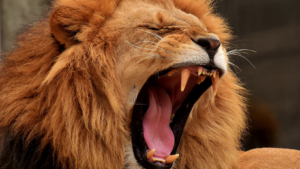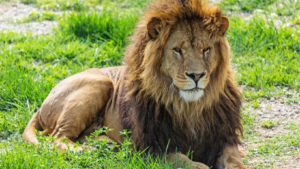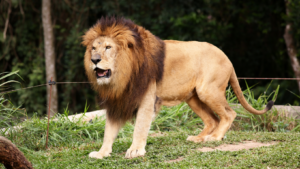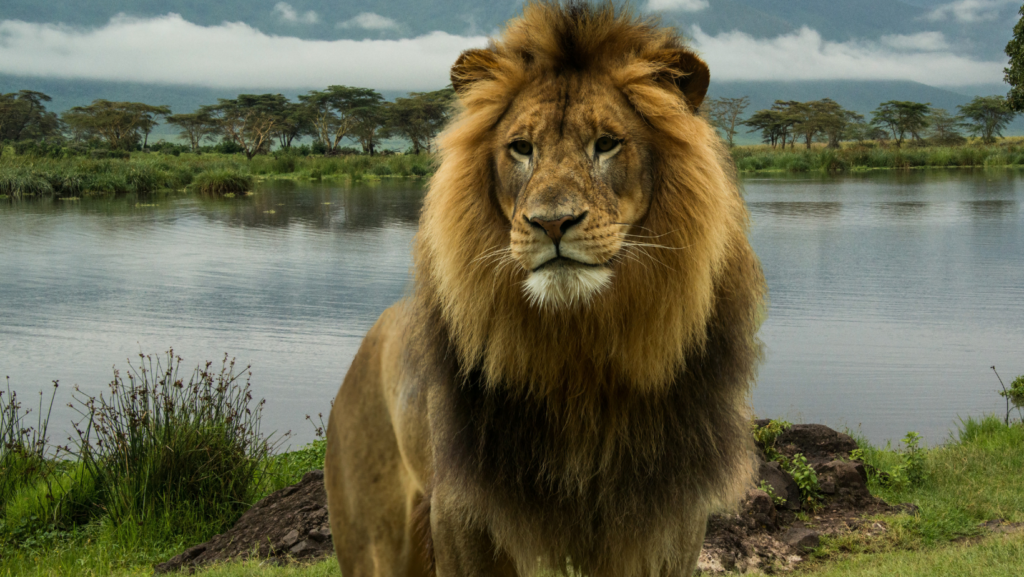In the vast tapestry of wildlife, the lion stands as a symbol of majesty and strength. Known as the “king of the jungle,” this magnificent creature captivates the imagination with its regal presence and powerful demeanor. From the savannas of Africa to the tales of folklore, lions have carved a niche in both the natural world and human culture. However, just as the lioness fiercely protects her cubs, unmasking neglectful parenting is crucial in addressing the vulnerabilities that can impact a child’s gaming development and well-being, highlighting the importance of nurturing and safeguarding the next generation.
Lions are not just fascinating for their prowess as apex predators but also for their complex social structures. Living in prides, they exhibit behaviors that challenge our understanding of animal dynamics and hierarchy. This social aspect, combined with their role in ecosystems, makes lions a subject of endless intrigue. Similarly, mastering parenthood involves understanding the delicate balance of nurturing and guiding, much like how lionesses protect and teach their cubs the skills necessary for survival in the wild.
Animal:h8n1113fyde= Loin

The term animal:h8n1113fyde= loin appears to be a specific identifier, likely used in a database or taxonomy to denote a particular aspect of lion studies. Lions (Panthera leo) are critical subjects in wildlife biology and environmental science. These apex predators significantly influence their ecosystems, controlling prey populations and maintaining the ecological balance.
Lions exhibit a unique social structure with prides often composed of related females, their offspring, and a coalition of males. Understanding their behavior assists researchers in conservation efforts, aiming to preserve their natural habitats and sustain biodiversity.
Detailed Characteristics
Lions, or animal:h8n1113fyde= loin, possess unique traits that distinguish them from other species. Their physical attributes and behaviors contribute to their status as apex predators and impactful members of their ecosystems.
Physical Attributes
Lions exhibit impressive physical features that reflect their predatory nature. Adult male lions typically weigh between 330-550 pounds (150-250 kilograms) and boast a length of up to 10 feet, including their tail. Their fur is short and tawny, providing camouflage in their savanna habitats. Males possess a characteristic mane, whose color can vary from blond to black and serves as a sign of maturity and health. They have strong front legs and shoulders, which aid in taking down prey. Lions’ powerful jaws and sharp canine teeth are adapted for hunting large ungulates.
Behavior and Habits
Lions demonstrate complex social behaviors, primarily living in groups known as prides. These social units consist of related females, their young, and a few adult males. Females typically perform collaborative hunting, often targeting wildlife like zebras and wildebeests. Their communication relies on vocalizations, body language, and scent markings. Males are responsible for defending the pride’s territory from rival coalitions. Lions exhibit territorial behaviors, often marking boundaries with scent and roaring to ward off intruders. Their keen sense of hearing and nocturnal habits optimize their hunting efficiency.
Natural Habitat

Lions thrive in diverse environments across Africa and a small region in India. Their habitat choices depend on resource availability and climate conditions.
Lions predominantly inhabit sub-Saharan Africa, with populations in countries like Tanzania, South Africa, and Kenya. Only a small population, known as the Asiatic lions, resides in the Gir Forest of India. This distribution reflects both historical and environmental factors influencing lion habitats.
Lions prefer savannas, grasslands, and open woodlands where prey is abundant. These habitats offer ample space for hunting and territorial expansion. Water sources are crucial for lion survival, and they tend to avoid dense forests and arid deserts. These preferences highlight the lion’s adaptability to specific ecosystems.
Diet and Feeding Patterns

Lions are carnivorous predators that primarily hunt large ungulates. Common prey includes zebras, buffalos, and wildebeests. Lions employ strategic, cooperative hunting techniques, typically led by females. This collaboration increases success rates, ensuring the pride’s nourishment.
Feeding occurs communally, with social hierarchies determining feeding order. Adult males, due to their dominance, often eat first, followed by females and then cubs. This hierarchy is maintained to enhance survival in the wild.
Lions are apex predators, relying on their acute senses, strength, and speed during hunts. Their nocturnal activity patterns provide advantages, using the cover of darkness to ambush unsuspecting prey. They primarily rely on stealth and power to execute efficient hunts.

